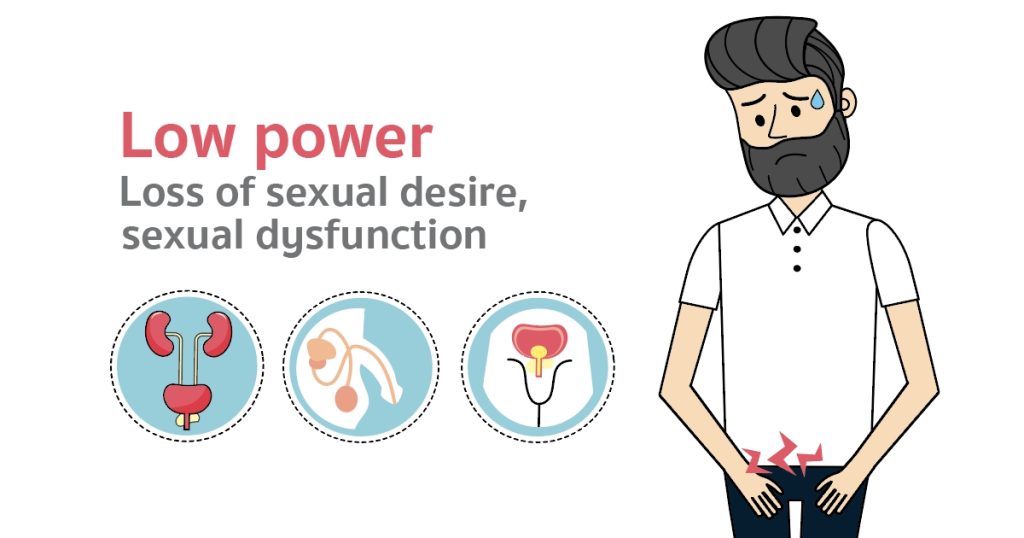
Prostatic Cancer

The prostate is a gland located below a male’s bladder. Its main function is to secrete prostatic fluid, which makes up a large portion of seminal fluid. The prostate is also responsible for propelling sperm during sexual intercourse.
Unfortunately, the prostate may become cancerous in certain males. Prostate cancer is the leading cancer in men worldwide.
Doctors find that cases of prostate cancer are increasing around the world. Some of the factors which might increase a man’s risk of prostate cancer include:
Age – The older a man is, the greater the chance of prostate cancer. Most cases of prostate cancer are found in men 50 years and older.
Family History – Having a father or brother who has had prostate cancer.
Region – Prostate cancer is more common in North America and Europe (especially northwestern Europe); it is less common in Asia.
Diet – Diets that are high in fat and long-term or regular red meat consumption.
Prostate cancer in its early stages is usually not accompanied by any noticeable symptoms. As the cancer grows, however, it begins to put more pressure on the urethra, and will then begin to cause a variety of symptoms especially affecting the lower urinary tract. For example, more frequent urination (especially at night); pain or burning sensation while urinating; urinary retention (an inability to fully empty the bladder); difficulty in starting, maintaining, or stopping the urine stream; straining to urinate, etc. If left untreated, patients will have greater difficulty and more frequent urination, to the point that they may urinate blood.
If you have the symptoms of prostate cancer, the doctor will perform a physical examination and additional tests to confirm the diagnosis as follows:
Digital Rectal Examination (DRE) – As part of a physical examination, your doctor inserts a gloved and lubricated finger into your rectum and feels toward the front of your body in order to check the size, shape and flexibility of the prostate.
Prostate Specific Antigen (PSA) Blood Test – PSA will be at an elevated level in patients with prostate cancer.
Magnetic resonance imaging (MRI)
Transrectal Ultrasound ( TRUS) – This test uses sound waves, in which the doctor will insert an ultrasound probe (a machine that uses sound waves to build a picture of the inside of your body) into your rectum toward the position of the prostate. A small needle is then used to take 12 core samples from 12 biopsy sites. These samples will then be sent to a lab for a pathology examination.
MRI/Ultrasound Fusion Biopsy – This is the use of three-dimensional imaging technology coupled with ultrasound guidance in real-time, which allows doctors to see both the details and position of the cancerous tumor in the prostate much more clearly. This means they are then able to guide the biopsy needles precisely to the lesion they want to sample as opposed to random biopsy sampling.
The stages of the cancer are determined by the location of the cancer cells, what parts of the body the cancer has spread to, and abnormal functioning of bodily organs. Knowledge of the stage of the cancer is important to treatment, as it helps the doctor with determining the most appropriate treatment.
Stage 1 – This is the beginning stage. Cancer is found in the prostate only and cancer cells have not yet spread.
Stage 2 – The tumor has grown slightly larger, and is found in more than one-half of one lobe of the prostate or in both lobes, but has not spread beyond the prostate.
Stage 3 – Cancer cells have spread and broken through the outer layer of the prostate gland and may have spread into the seminal vesicles (tubes that carry semen).
Stage 4 – Cancer cells have spread (metastasized) outside the prostate to other tissues, commonly including the bones and lymph nodes.
Stage 1 – This is the beginning stage. Cancer is found in the prostate only and cancer cells have not yet spread.
Stage 2 – The tumor has grown slightly larger, and is found in more than one-half of one lobe of the prostate or in both lobes, but has not spread beyond the prostate.
Stage 3 – Cancer cells have spread and broken through the outer layer of the prostate gland and may have spread into the seminal vesicles (tubes that carry semen).
Stage 4 – Cancer cells have spread (metastasized) outside the prostate to other tissues, commonly including the bones and lymph nodes.
Share :
Related Articles
Related Doctors

.jpg)














